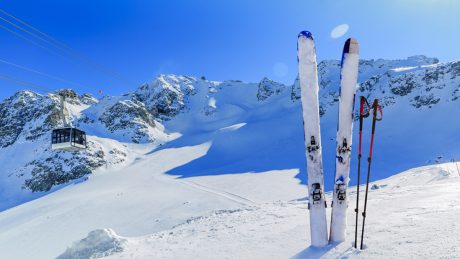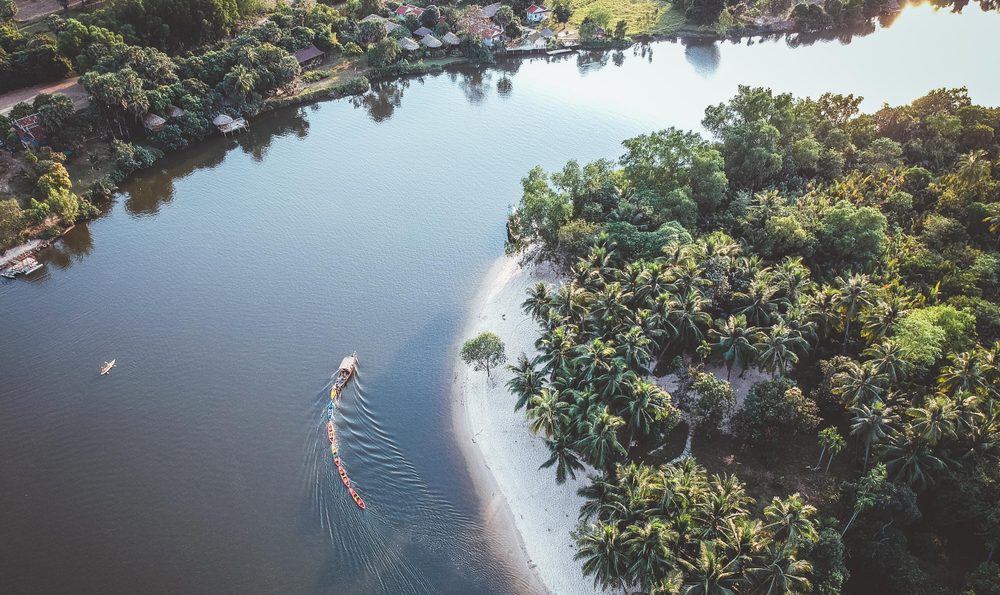Skiing, snowboarding and other winter sports offer some of the most fun experiences you can enjoy in the colder months. Writing for the Yorkshire Post, International Injury partner Chris Deacon explains that as with any form of thrill seeking, careful planning and adherence to safety protocols is essential to make sure you remember your winter sports and skiing holiday for the right reasons.
“Preparation is not just about finding a slope and packing your gear – the more you know about how to deal with an emergency, the better,” Chris notes. “Of course you want your holiday to be incident-free, but being aware of the risks and how to manage them is well worth the forward planning.”
The rules of the slopes
One easy piece of homework that could prove beneficial in the long-run is familiarising yourself with the ‘rules’ of skiing, as set out by the International Ski Federation (Federation Internationale du Ski or FIS). Many are likely unaware that there is such a thing as a “highway code” for the slopes, but it is applicable in Europe, Canada, and the USA.
Following these rules not only promotes a safer skiing environment, but is also crucial in determining liability in the event of an accident. Chris explains: “The FIS rules are often the starting point when establishing who is responsible for an accident on the slopes, so having a prior understanding of the rules can help you take preventative steps to avoid an incident.”
Rules around ski collisions are sometimes likened to road traffic accidents, albeit with ski slope-specific characteristics: one core principle established by the FIS is that the skier lower down the slope always has the right of way. If a skier coming from an uphill position strikes another lower down, the former may be held liable for negligence, which can be upheld through civil claims for damages or even result in serious criminal proceedings.
One skier accused of causing a fatal collision went on to face manslaughter charges, a powerful example of the potential legal implications of disregarding slope safety rules. The position is, however, complex and will depend on the law which applies to determine liability, which in turn is informed by where an incident occurs and the individuals involved.
Ensure you get insured
One of the first steps when preparing for any winter sports adventure should be securing appropriate insurance. If a collision or other winter sports injury occurs, transport to a private hospital or clinic will be required and can be very expensive. “Securing insurance in advance is the best option but many resorts offer the option to purchase daily coverage as a supplement to the lift pass,” Chris confirms.
In the unfortunate situation of being involved in a skiing accident, knowing how to react can make a significant difference. First and foremost, gather comprehensive information about anyone involved, including their insurance details. Many holidaymakers don’t understand how the process works in the event of an injury, so if you’re a bystander witnessing a collision, ensure that all parties involved exchange necessary information before leaving the scene. Take photographs of the scene from multiple angles, noting key landmarks and the positions of all parties involved.
If you are the person involved in an accident, it is crucial to inform your insurance provider regardless of who you believe is at fault, and to gather contact details from any witnesses present and resort staff.
Take every precaution
Aside from straightforward on-piste collisions, one of the most common causes of injury on the slopes is faulty equipment and many accidents stem from poorly fitted or faulty gear. In the event of an equipment issue, detailed records are again crucial to making a successful claim. “If possible, take photos or videos of the faulty gear and keep it available for inspection by experts or authorities. Preserving evidence – both in terms of equipment and witness details – is key to establishing potential recourse after an injury.”
It is also essential to use equipment correctly – and to use all of it. Rules around helmets vary by resort, and helmet mandates are most likely to be in place for children, but adults should also consider whether protective headgear is a good investment. Other protective equipment, such as spine protectors, is also available and may be advisable especially for beginners who lack confidence.
Taking individual precautions is important, but you’ll also need to bear your environment in mind when putting safety first. “Climate change is making this more important than ever – resorts are getting warmer more quickly and lower levels of snow can increase the risk of dangerous conditions,” Chris says. “Where there is less snow and more ice on the slopes, injuries become much more likely, and the rise in use of artificial snow at some locations in the wake of rising temperatures could be making things worse, with artificial snow machines themselves posing a potential hazard for skiers and snowboarders.”
Planning to head off-piste? Only do so with a guide who knows the local area and pack an avalanche transceiver, shovel and probe to make sure you’re prepared for every eventuality. You will also need to double check your insurance to make sure you’re covered for off-piste excursions and if there are any rules around this.
Book any excursions with a reputable supplier, ideally as part of a winter sports package holiday or prior to leaving the UK. If you do book the excursion in resort then use a credit card for anything over £100 in value. This provides enhanced protection should something go wrong and if you need to seek redress on returning home.
Final checks
Common sense goes a long way in most situations, and an adventure holiday is no exception. “Lessons you’ve learned every day also apply to ski slopes – you wouldn’t operate heavy machinery without guidance at home, so don’t go out on a snowmobile excursion if you don’t have full confidence you’ve been trained properly,” Chris points out. “Similarly, driving drunk is obviously a bad idea, as is skiing or snowboarding under the influence.”
Preparation is the cornerstone of enjoying winter sports responsibly. By checking regulations, securing proper insurance and being mindful of your actions on the slopes, you can significantly reduce the risks and focus on a memorable adventure in the mountains.
You can find further information regarding our expertise, experience and team on our International Injury page.
If you require assistance from our team, please contact us.
Subscribe – In order to receive our news straight to your inbox, subscribe here. Our newsletters are sent no more than once a month.






